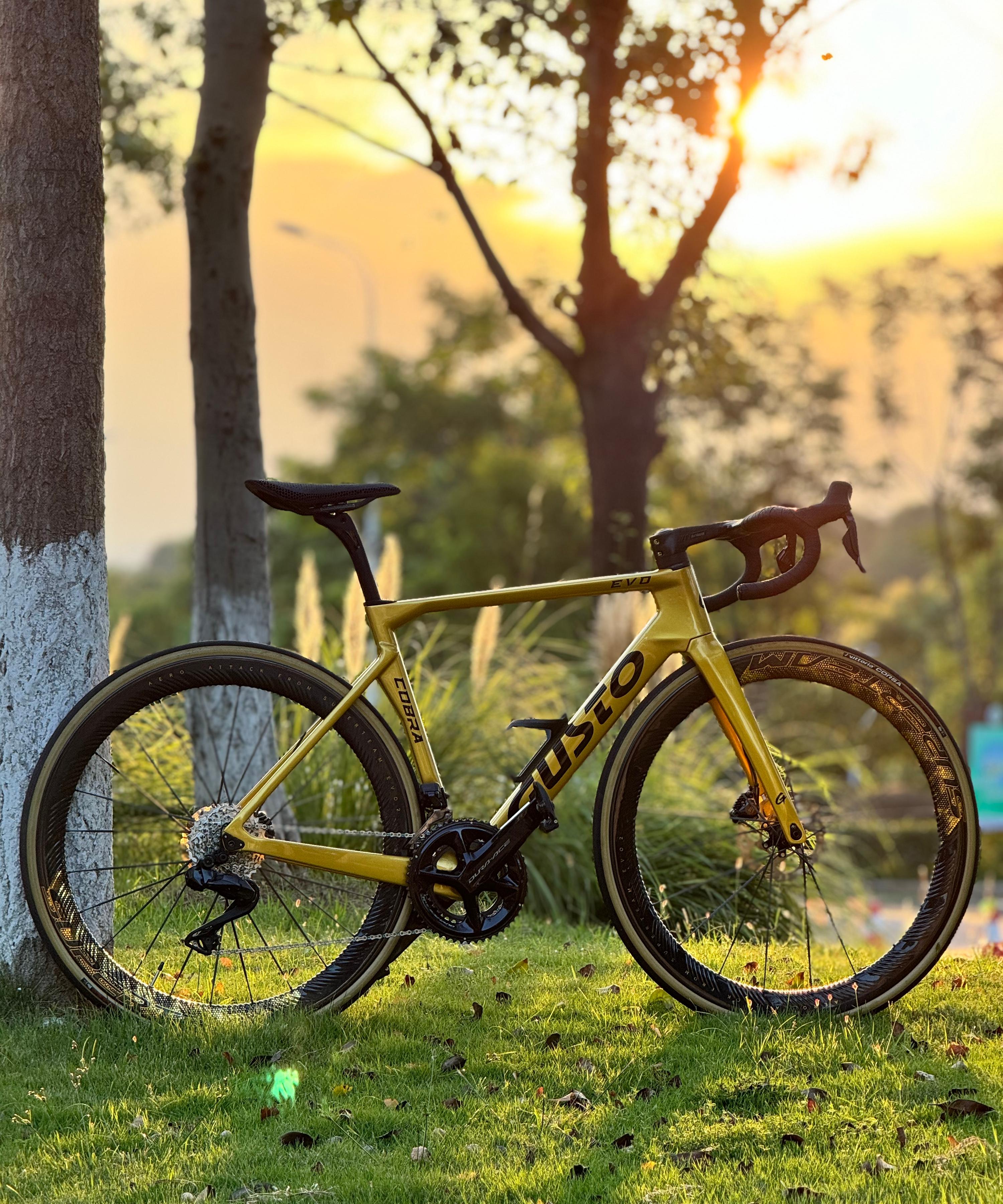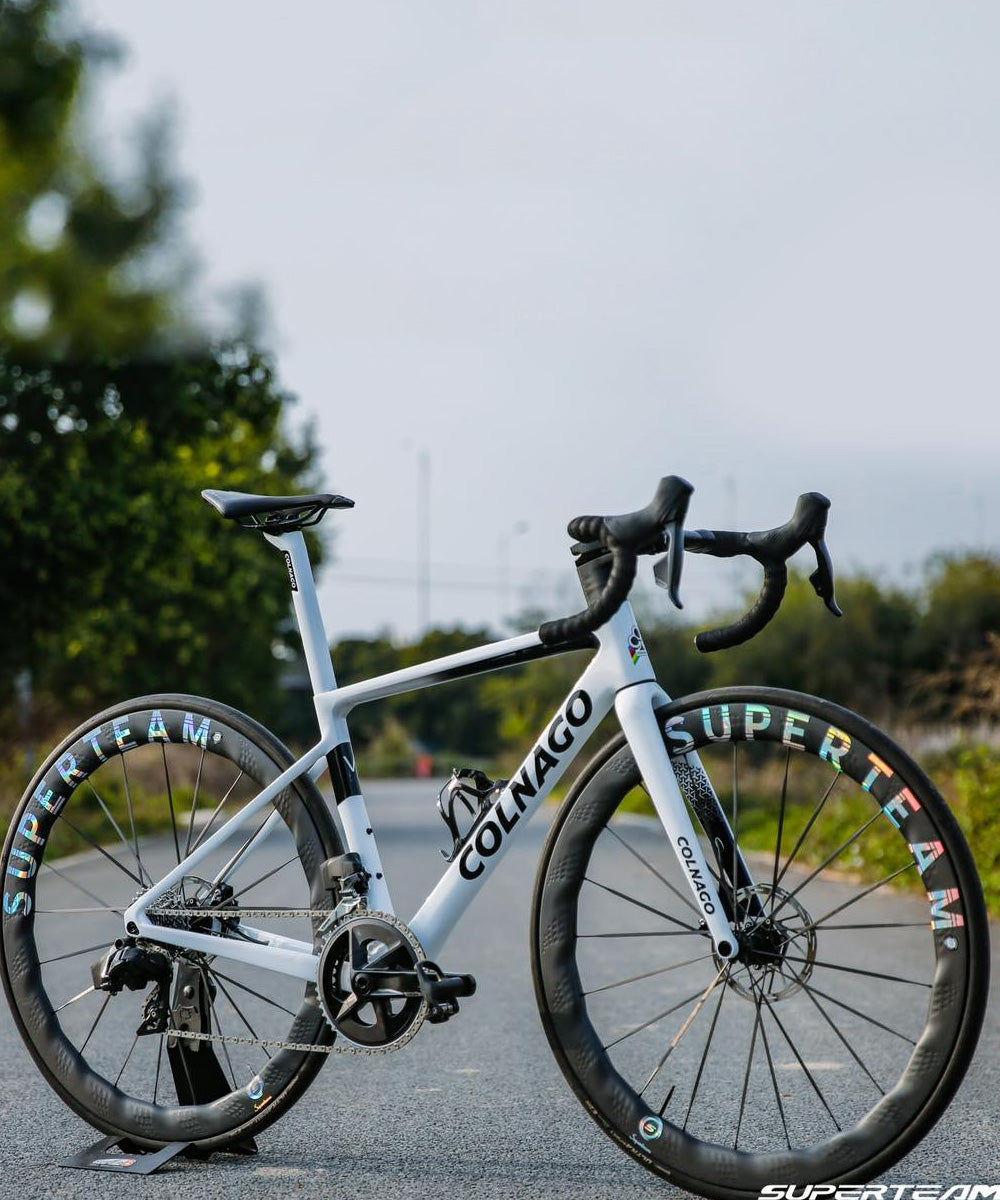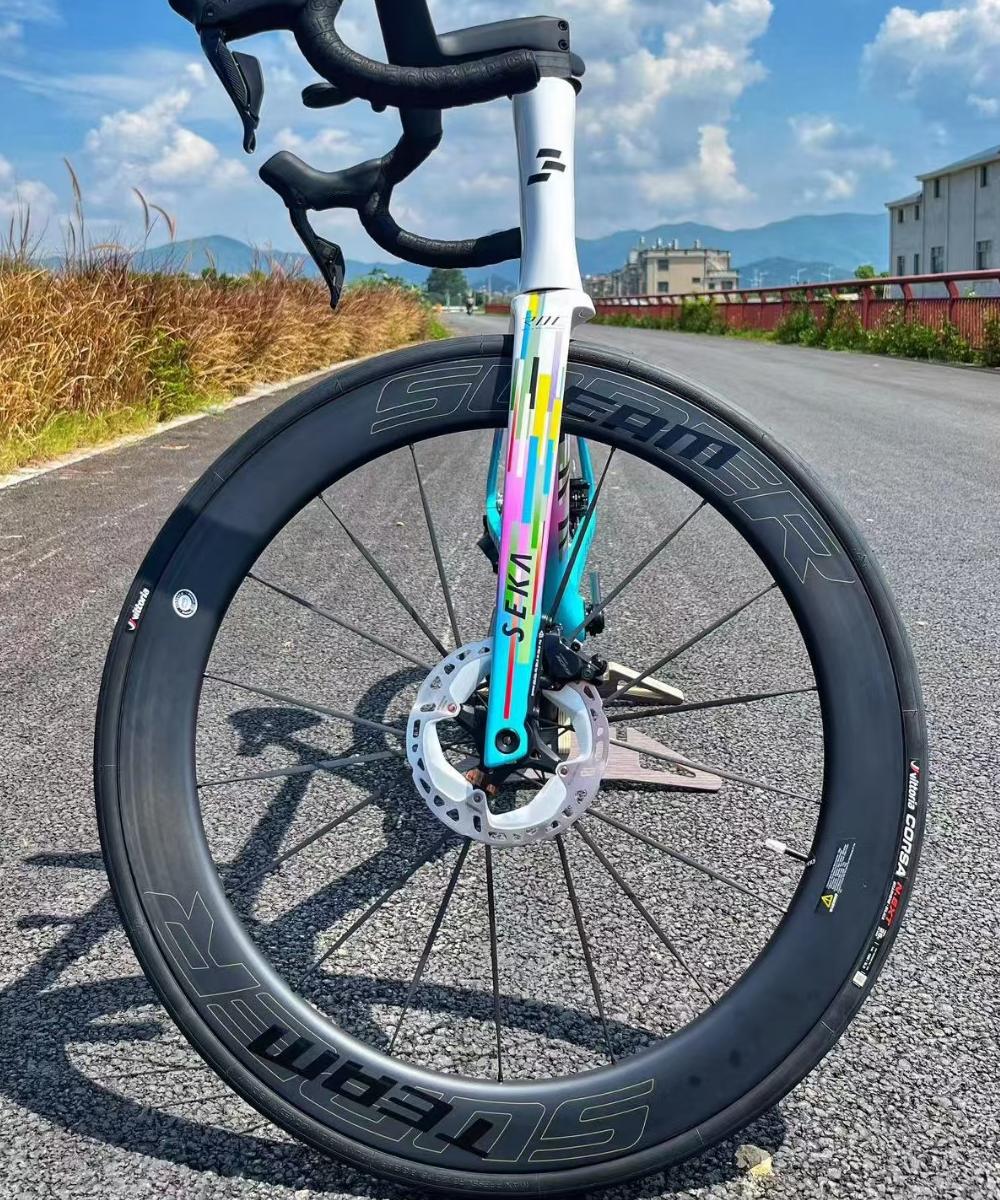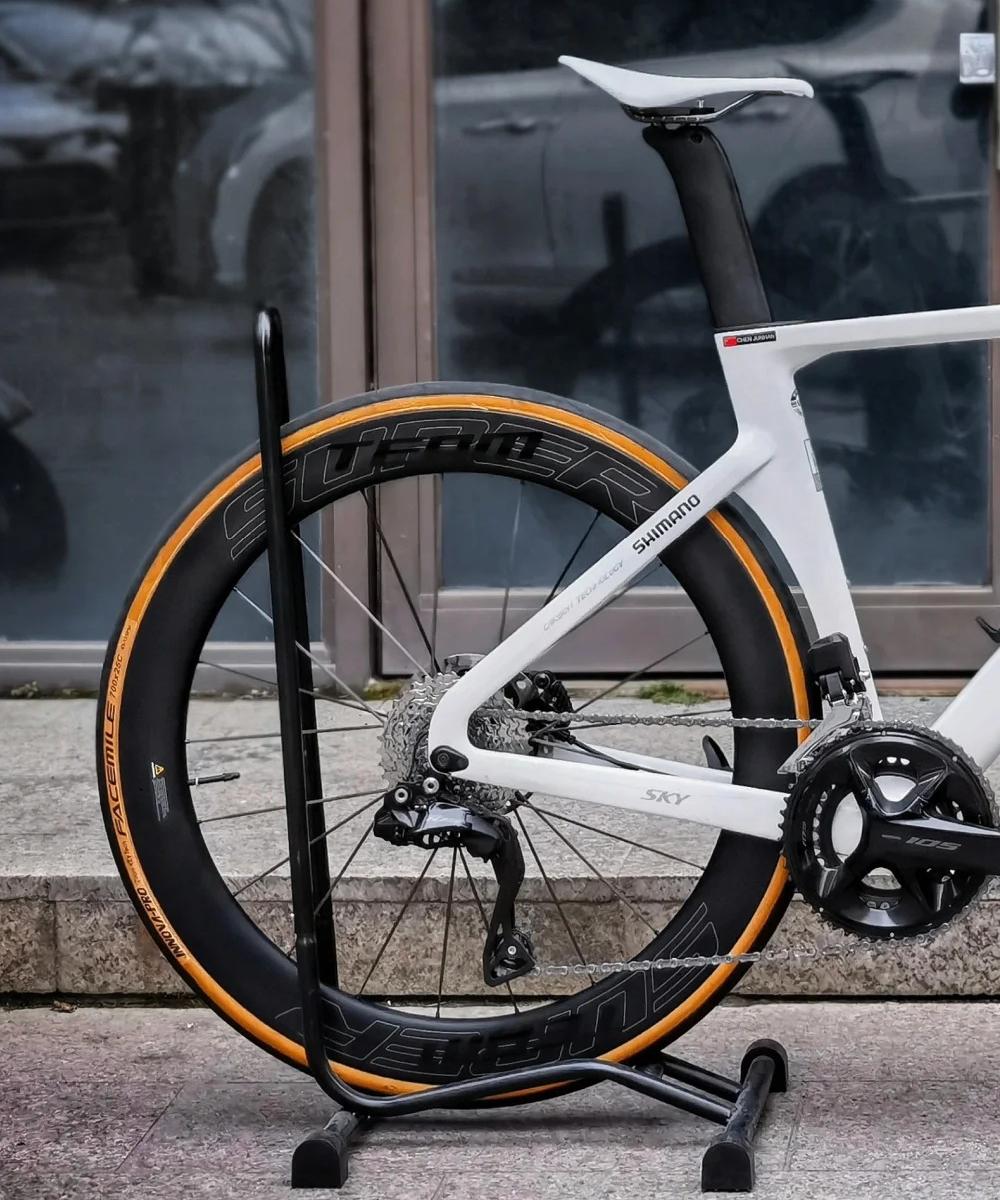How to Choose Between Ceramic and Steel Bearings for Your Hubs
When it comes to optimizing your bike’s performance, hub bearings play a critical—if often overlooked—role. The choice between ceramic and steel bearings can affect everything from rolling efficiency to maintenance needs and cost. This article breaks down the pros, cons, and best use cases for each type, helping you decide which is best for your riding style and budget.
What Are Hub Bearings and Why Do They Matter?
Bearings allow your wheels to rotate smoothly around the axle. In a hub, they reduce friction between moving parts, contributing to speed, efficiency, and longevity. Most cycling hub bearings come in either steel or ceramic formats.
Px: Cross-section image of a bike hub showing bearing placement
Ceramic Bearings: The High-Performance Option
Material: Typically made from silicon nitride (Si₃N₄), ceramic balls are lighter and harder than steel.
Pros:
Lower Friction: Ceramic bearings offer reduced rolling resistance thanks to a smoother surface finish and harder material.
Lightweight: Lighter balls reduce rotational weight, slightly enhancing acceleration.
Corrosion Resistant: Ceramics don’t rust, making them ideal in humid or wet conditions.
Heat Resistance: Maintain performance under high-speed or high-heat conditions (e.g., long descents or racing).
Cons:
Expensive: High-end ceramic bearings can cost 2–5x more than steel.
Fragility: Although harder, ceramics can crack under impact or improper installation.
Maintenance-Sensitive: To maintain top performance, they often require more frequent cleaning and precise care.
Best for:
Competitive cyclists, time trialists, triathletes, or those chasing every marginal gain.
Steel Bearings: The Reliable Workhorse
Material: Made from high-grade chrome steel (e.g., 52100 steel), these are the industry standard.
Pros:
Durable and Tough: Can withstand heavy loads and rough handling.
More Affordable: Replacement and upgrade options are widely available and cheaper than ceramic.
Easier to Maintain: Less sensitive to contamination and often come with sealed cartridges.
Cons:
Higher Rolling Resistance: Slightly more friction than ceramic under ideal conditions.
Heavier: Marginally more rotational mass, although difference is small for most riders.
Can Corrode: Steel is susceptible to rust if not well-greased or maintained in wet climates.
Best for:
Recreational cyclists, gravel and endurance riders, budget-conscious racers, or daily commuters.
Key Considerations When Choosing
|
Factor |
Go Ceramic If... |
Go Steel If... |
|
Budget |
You’re okay investing in marginal gains |
You want affordable and dependable bearings |
|
Riding Style |
You race, time trial, or seek every watt |
You ride all-weather, train year-round |
|
Maintenance |
You’re meticulous with bike care |
You prefer low-effort reliability |
|
Environment |
Dry, controlled conditions |
Wet, muddy, or variable terrain |
Hybrid Bearings: A Third Option
Some manufacturers offer hybrid bearings, which combine ceramic balls with steel races. This can offer a balance between the performance benefits of ceramics and the strength of steel housings—though these too often come at a premium price.
Final Thoughts
Ceramic bearings do provide measurable performance benefits—but whether they’re worth the cost and effort depends on your goals. For most riders, quality steel bearings are more than enough. However, if you're chasing watts on the race course or simply enjoy the feel of buttery-smooth hubs, ceramic could be the upgrade that makes sense.
Px: Side-by-side image of ceramic vs steel bearing balls with micrometer measurements
Bonus Tip:
No matter what you choose, bearing quality and maintenance matter more than material alone. A well-sealed, properly greased steel bearing can easily outperform a neglected ceramic one.
Related Reading:
“How to Service Your Hub Bearings at Home”
“When to Replace Worn-Out Hub Bearings”
“Is Ceramic Worth It? Cycling Upgrades That Make You Faster”




